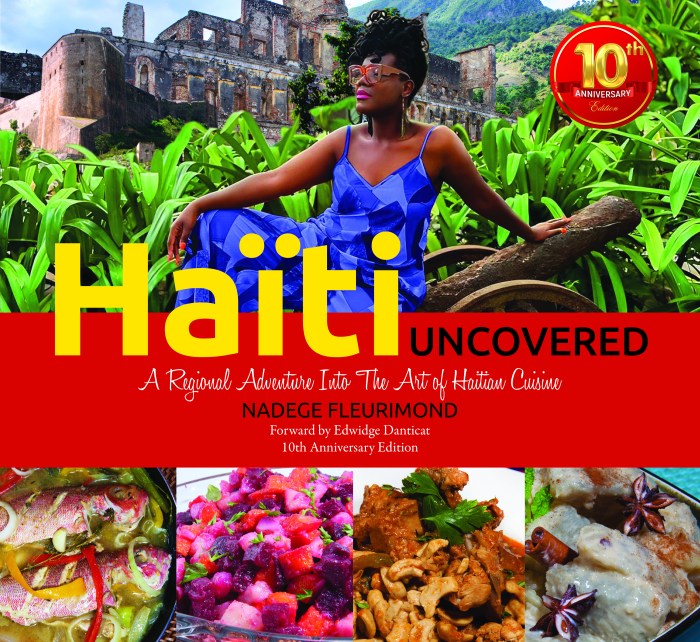NEW YORK CITY (Nov. 14, 2013) – New York City was the epicenter of the birth of the AIDS crisis in 1981, and more than 25,000 people died from AIDS in the east coast metropolis in that decade alone, according to statistics from the state’s Department of Health. Organizations quickly banded together to begin offering access to testing, treatment, and assistance for those living with the virus, which all helped to control its spread.
Last month, the fruits of that labor were clear in a report released by the City’s Department of Health and Mental Hygiene (DOHMH), which indicated that, between 2001 and 2011, the rate of new HIV infections has decreased by an estimated 38 percent in New York City.
Diane Hepps, the spokesperson for the NYC DOHMH, told health blogger Michael Petrelis, “It is likely that the reasons for this decline are multifaceted and include a broad scale-up of routine HIV screening in NYC and prompt linkage to care, support for staying in are and adhering to HIV treatment, as well as widespread availability of sterile syringes and free condoms, among other factors.”
Statistics from the DOHMH report show an overall decline of 37 percent in new HIV infections over the last nine years throughout all of New York State, and between 2002 and 2010 a 78 percent drop in HIV cases attributed to intravenous drug use was recorded. Statewide success was also shown through a drop in infection rates among the three most populous ethnicities: a 42 percent decrease was seen among blacks, 35% among Hispanic individuals, and the white population saw an infection rate decrease of 26 percent.
In New York City, the state’s Department of Health (NYSDOH) reported that in 2011 men are more impacted by HIV/AIDS infection than women, carrying 70 percent of the population living with the virus to the 30 percent burden on women. The most impacted age group was between 40-50 years old, and black people carried a higher burden of infection than other races. Men who have sex with men represented the most at-risk group by representing 33.6 percent of infection attribution.
“We are thrilled to see a significant decrease in new HIV infection rates in New York, and in even higher margins in New York City,” said Michael Camacho, the New York regional director for AIDS Healthcare Foundation (AHF). “There is still a lot of work to be done – especially in marginalized populations such as young gay men of color and transgender communities. We must also ensure HIV positive clients have access to and adhere to their treatment regimens and continue to take advantage of free HIV testing and condoms, as we see people doing every day at AHF’s Brooklyn Out of the Closet Thrift Store. These statistics prove that the work of organizations like AHF, government agencies, and community groups is making an impact here in New York City, and throughout the state.”
About AHF
AIDS Healthcare Foundation (AHF) is the largest non-profit HIV/AIDS healthcare provider in the USA. AHF currently provides medical care and/or services to over 250,000 individuals in 32 countries worldwide in the US, Africa, Latin America/Caribbean, Eastern Europe, and Asia. For more information, visit www.aidshealth.org, find us on Facebook: www.facebook.com/aidshealth and follow us on Twitter: @AIDSHealthcare
























